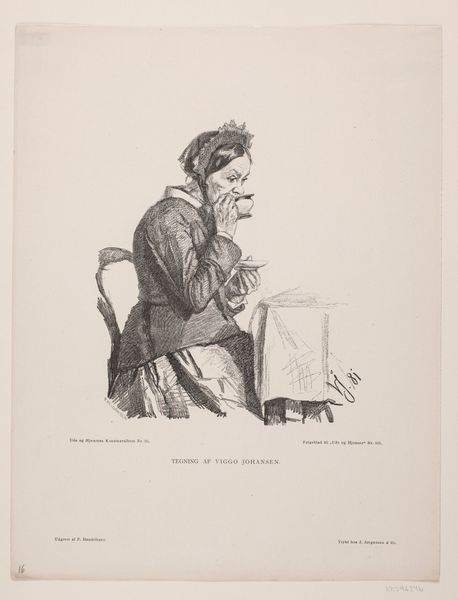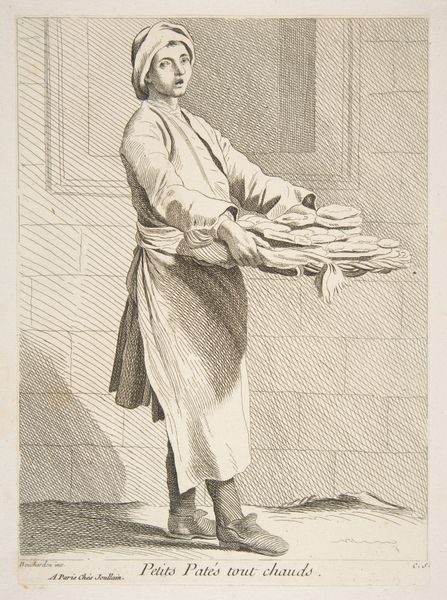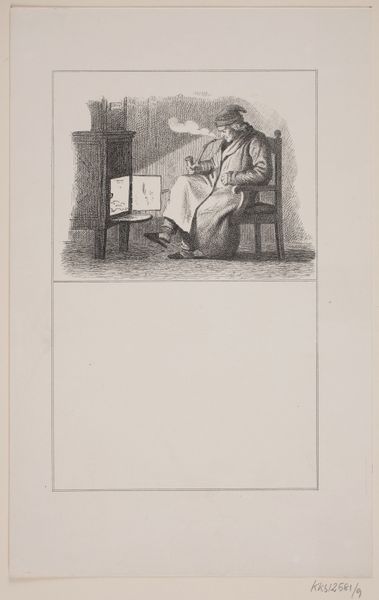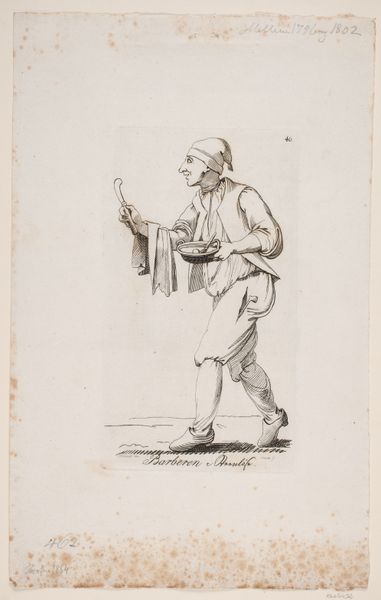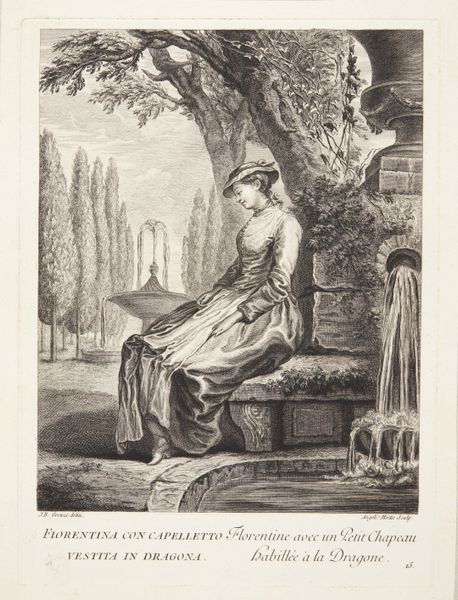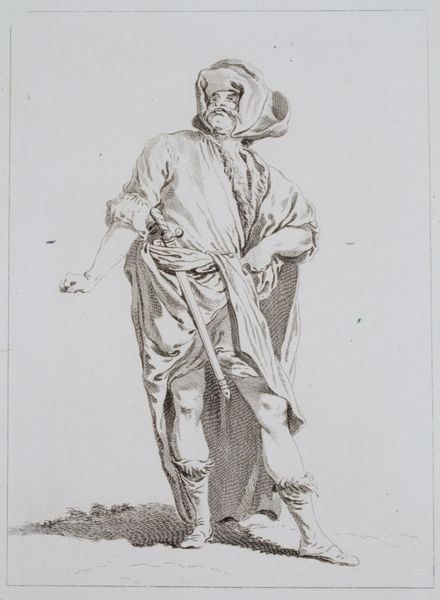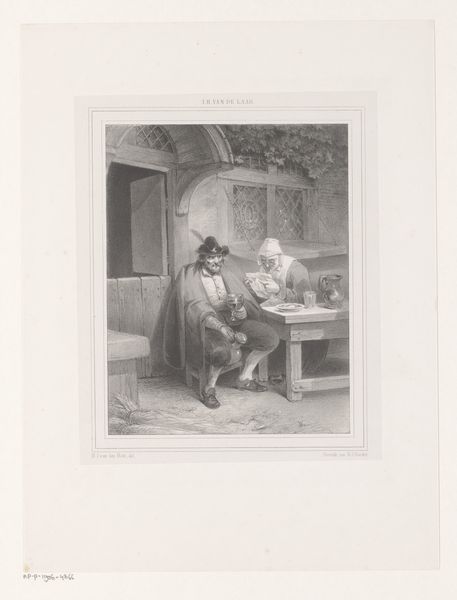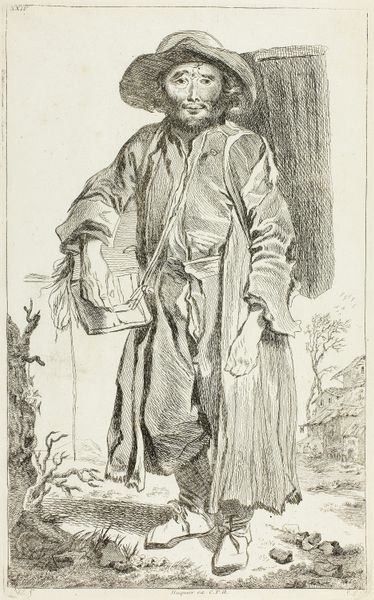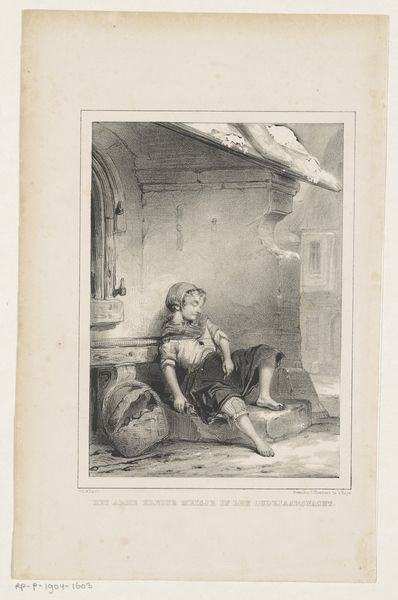
The Little Shoe-Shine Boy n.d.
0:00
0:00
drawing, lithograph, print, paper, engraving
#
portrait
#
pencil drawn
#
drawing
#
lithograph
# print
#
paper
#
pencil drawing
#
france
#
genre-painting
#
engraving
#
realism
Dimensions: 287 × 202 mm (image); 336 × 280 mm (sheet)
Copyright: Public Domain
Editor: This is "The Little Shoe-Shine Boy," a lithograph and engraving print on paper. Although its exact date and the artist are unknown, it's reminiscent of French realism. What I immediately notice is how grounded it feels, probably due to the detailed rendering of everyday tools and surfaces, such as the worn leather and simple wooden bucket. How do you see this artwork? Curator: I see the stark realities of labor, quite literally etched into the surface of the print. The choice of lithography and engraving speaks volumes. Engraving, traditionally associated with reproducing ‘high art,’ is here employed to depict the daily grind of a young, presumably working-class, boy. The lines themselves—the physical manifestations of the printmaker's labor—mirror the labor depicted. What kind of dialogue does it start about craft versus fine art? Editor: So, by using a technique typically used for ‘fine art’ and reproducing a ‘common’ subject, are they questioning what fine art really means? Curator: Exactly! Think about the materials too. Paper, ink, the printing press – these aren't neutral; they’re products of specific economic systems. How widely accessible were these prints, and who was meant to see them? Was it meant as an exploitative portrayal of children to bring awareness, or just another print to fill wealthy collectors’ portfolios? Editor: That makes me think about the market for these kinds of images – like, who would buy a print of a shoe-shine boy, and what did it represent to them? A sense of moral responsibility, or the exoticism of everyday misery? Curator: Precisely! And notice how the artist depicts the setting. The composition itself points us to consider the conditions of production. What materials make the backdrop, and how does that setting compare with the materiality involved with the process of its creation? Editor: This gives me so much to consider, especially the social implications of art production and how it blurs the lines between high art and daily life. It is truly a marriage between labor and luxury. Curator: Yes. Materiality isn’t just about what something *is*, but what it *does*, and what it reveals about the world around it.
Comments
No comments
Be the first to comment and join the conversation on the ultimate creative platform.

